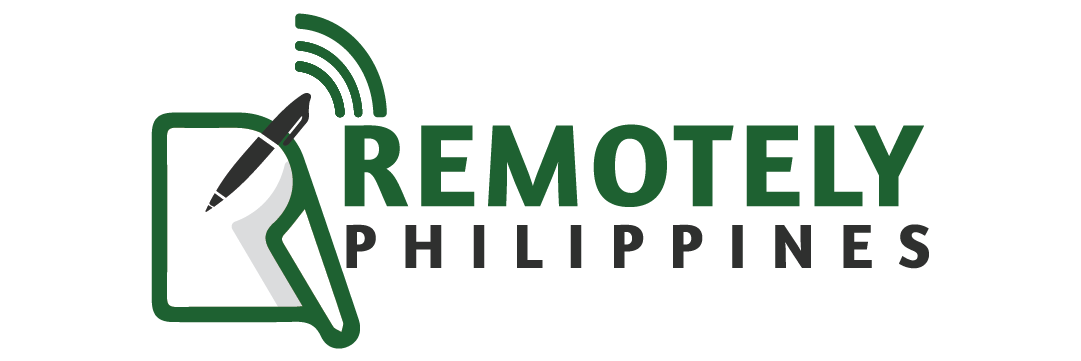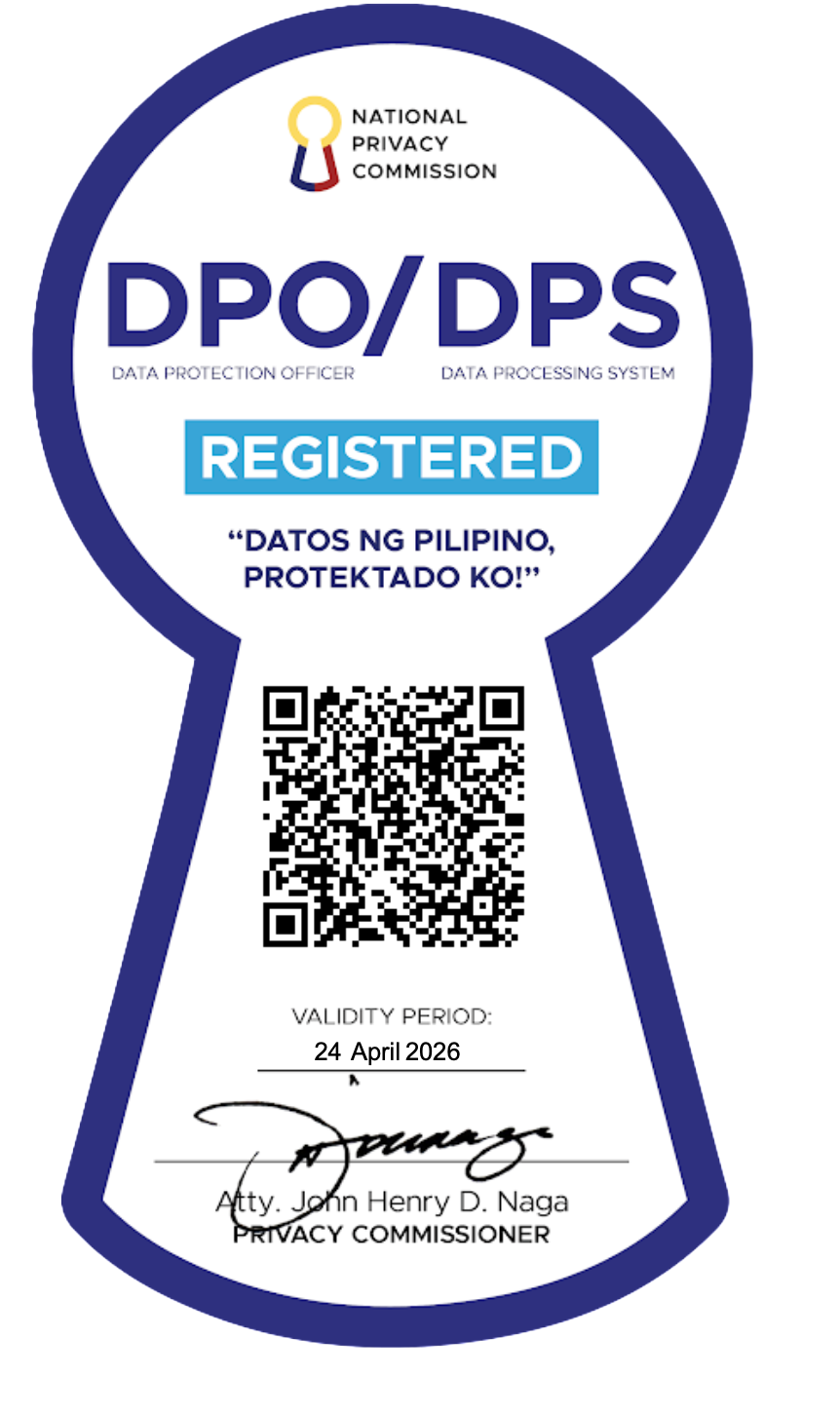Expenses may refer to the costs incurred in various aspects of business operations. The accumulation and presentation of expenses is one of the focused areas of accounting to serve as a basis for managing decisions.
Understanding expenses is a vital component of profit management, budgeting, and finance. Some managers may classify a cost as either relevant or irrelevant, but an accountant may classify those as operating expenses in entirety. In other instances, an accountant may report a period cost while a manager may classify it as either avoidable or unavoidable cost.
Since expenses affect the results of business operations, they should be understood and effectively managed. Managing costs may require knowing their nature and characteristics. It may mean different things to different people, but in this article, we will deal with the costs or expenses from the perspective of an accountant and a manager.
Accountant’s Point of View
Capital Expenditures vs. Operating Expenditures
Capital expenditures are long-term investment outlays by the business that often need significant resources and money. These expenditures will likely result in future economic gains, and are therefore capitalized as assets.
Operating expenditures are outlays or consumption that directly support a business' regular operating activities. These expenditures are expensed in the period where profit and loss statement is reported because of the following reasons:
- Immediate recognition
- Correlating cause and effect
- Rational and systematic allocation
Product (Manufacturing) Costs vs. Period (Non-Manufacturing) Costs
Product costs, also known as manufacturing costs, are expenses directly associated with the production or acquisition of goods that a company intends to sell. These costs are tied to the cost of producing inventory and are categorized as part of the cost of goods sold (COGS).
Period costs are expenses that are not directly attributable to the production of goods and incurred only during a specific accounting period, regardless of whether any products are manufactured or sold during that period. Period costs are considered a part of the company's operating expenses.
Direct Product Costs vs. Indirect Product Costs
Direct product costs are those directly associated with the final goods or services or are directly attributed to the manufacturing process, whereas indirect product costs are the opposite of the former.
Direct product costs comprise direct materials and direct labor, whereas indirect product costs consist of manufacturing overhead.
Manager’s Point of View
Relevant Costs vs. Irrelevant Costs
Relevant costs are those that are directly applicable to a specific decision or choice a business is facing.
These costs will change as a result of the decision being made and have a material impact on the outcome of that decision.
On the other hand, irrelevant costs are those that do not impact the decision being made. These costs remain constant or do not differ between the available options or alternatives.
Avoidable Costs vs. Unavoidable Costs
Avoidable costs are those that can be eliminated or reduced by making a specific decision or taking a particular course of action. These costs are directly tied to a specific business activity or segment and can be controlled or changed through managerial decisions. Examples of avoidable costs are unnecessary inventories, overtime labor expenses, maintenance costs, etc.
Unavoidable costs, also known as committed costs, are costs that cannot be eliminated or reduced by any specific decision or action within the scope of a particular decision. These costs are typically fixed in the short term and will be incurred regardless of the chosen course of action. Examples of unavoidable costs are rent, salary of employees, depreciation on long-term assets, etc.
Actual Costs vs. Budgeted Costs vs. Standard Costs
Actual cost refers to the observed cost incurred by an organization for a particular activity, project, product, or period. It represents the actual expenses that have been recorded in the accounting system.
Budgeted cost is an estimate of the expected costs for a specific activity, project, or period. It is created in advance and serves as a planning tool.
Standard cost is a predetermined cost that represents the expected or ideal cost of producing a unit of a product or delivering a service. It is often used in manufacturing and is calculated based on factors like materials, labor, and overhead.
Sunk Costs vs. Future Costs
Sunk costs refer to costs that has already been incurred and cannot be recovered or changed by any future action or decision. In other words, it is a historical cost that is irrelevant to current and future decision-making. Examples of sunk costs are the purchase price of an asset that is no longer useful, non-refundable expenses, etc.
Meanwhile, future costs refer to costs that are anticipated to be incurred in the future as a result of a particular decision or action. These costs are prospective and can influence decision-making. Examples of future costs are fixed and variable costs that are to be incurred currently and in the future.
Properly managing and categorizing expenses is essential for maintaining financial stability and achieving financial goals. Now, you have understood the different kind of business expenses from different point of views. We are now at the end-point to make decisions that would generate maximum profit out of the resources we have.
Your decision could be a decision to find an accounting outsourcing partner that will bring utmost benefits for your business.
Remotely Philippines is always here, the partner you are looking for. Remotely Philippines is here to provide accounting solutions for the best price and for the best quality of service. Contact us today to learn how you can get started.
Sign up for our newsletter
Get regular curated content on management, outsourcing, and everything you need to know to stay ahead of the curve.









